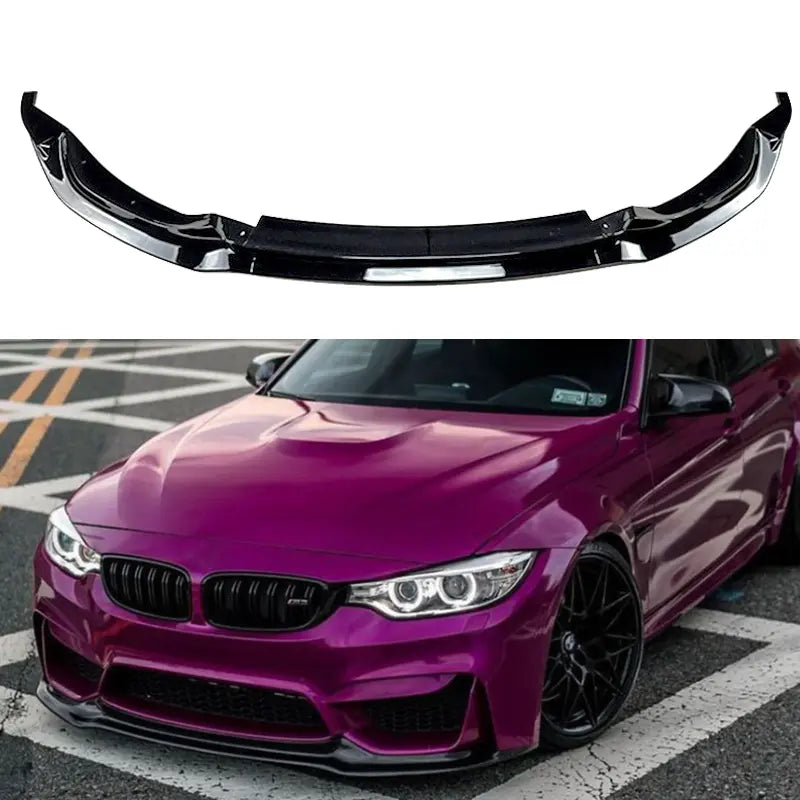
Car Roof Racks: How They Work and What You Need to Know
Car roof racks are versatile transportation solutions that allow you to significantly expand your vehicle's carrying capacity. These systems attach to your car's roof and provide a secure platform for transporting oversized items like bicycles, kayaks, cargo boxes, and luggage that wouldn't fit inside your vehicle.
Basic Parts and Setup
The typical roof rack system consists of three main components:
Foot packs (also called towers or feet) - These are the base components that attach directly to your vehicle's roof.
Crossbars - These horizontal bars span across your vehicle's roof and connect to the foot packs, creating the foundation for carrying your gear.
Attachments - These specialized accessories (bike racks, cargo boxes, kayak carriers, etc.) connect to the crossbars and are designed to secure specific types of equipment.
How Roof Racks Attach to Your Car
Roof racks connect to vehicles through several different mounting systems:
Fixed points/mounting points: Many modern vehicles come with factory-installed connection points hidden under small covers or flaps in the roof. Roof rack feet are designed to connect directly to these points for a secure fit.
Rain gutters: Older vehicles often have rain gutters (raised channels running along the roof edges). Special clamps can grip these gutters to provide attachment points.
Door jambs: For vehicles without factory mounting points or rain gutters, some roof rack systems use clips that fit into the door frame, with the foot of the rack sitting on the bare roof.
Naked/bare roof: Some systems use specialized clamps that grip the edges of your car's roof for vehicles without any mounting provisions.
Weight Limits and Air Flow
Modern roof racks are engineered with several important principles:
Load distribution: The weight of cargo is distributed across the vehicle's roof structure through the foot packs. This spreads the load to prevent damage to any single point of the roof.
Aerodynamics: Many contemporary roof racks feature streamlined profiles to minimize wind resistance and reduce noise. Some crossbars have elliptical or wing-shaped profiles specifically designed to cut through the air efficiently.
Setting Up Your Roof Rack
Installing a roof rack typically involves:
- Compatibility matching: Not all roof racks fit all vehicles. Manufacturers provide vehicle-specific fit guides to ensure compatibility.
- Torque specifications: Proper installation requires tightening components to manufacturer-specified torque levels to prevent both under-tightening (which could cause the rack to come loose) and over-tightening (which could damage your vehicle).
- Positioning: Crossbars must be properly spaced to support your cargo efficiently and safely.
Safety Features to Look For
Modern roof rack systems incorporate numerous safety features:
Locking mechanisms: Many systems include integrated locks to secure both the rack to your vehicle and your gear to the rack.
Load ratings: All roof racks come with specific weight limits. These ratings consider both the rack's structural integrity and your vehicle's dynamic load capacity.
Wind noise reduction: Features like rubber strips, wind deflectors, and aerodynamic crossbar designs help minimize wind noise during travel.
Conclusion
Car roof racks work by creating a secure platform on your vehicle's roof through a combination of vehicle-specific attachment methods, structural engineering for weight distribution, and aerodynamic design. This system effectively expands your vehicle's cargo capacity while maintaining safety and minimizing impact on driving dynamics. Whether you're an outdoor enthusiast needing to transport recreation equipment or simply require extra luggage space for family trips, understanding how roof racks function helps you select and use the appropriate system for your specific needs.
